Rembrandt in Beijing
2017-07-19byYiMeiandWenZh
by+Yi+Mei+and+Wen+Zhihong
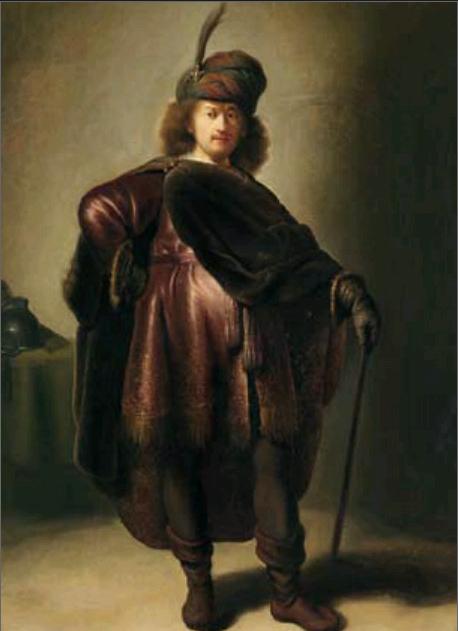
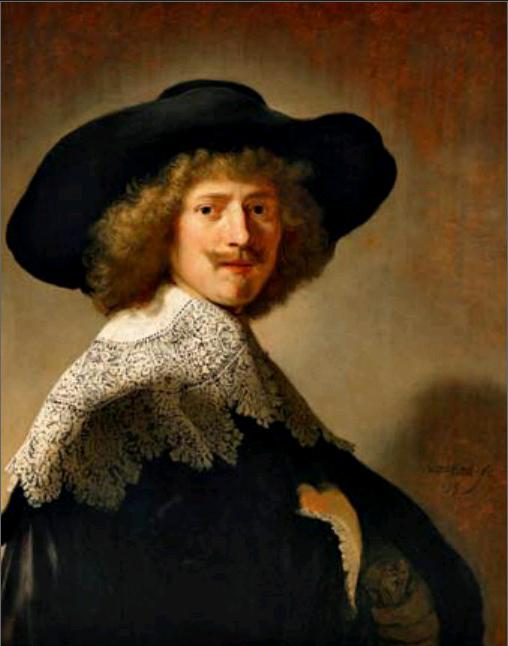

Over four hundred years ago, when Dutch painter Rembrandt van Rijn cut his The Conspiracy of Claudius Civilis into pieces in the hope of selling them to private buyers, it might have been hard for him to imagine that his works would now be drawing flocks of spectators to a museum in China—the origin of porcelain works once held personally by Rembrandt.
The National Museum of China is currently showing Rembrandt and His Times: Masterpieces from the Leiden Collection, which features eleven of Rembrandts paintings, the largest single collection of his works held in private hands. The exhibition is jointly sponsored by the Leiden Collection and the museum, with support from the Embassy of the Kingdom of the Netherlands in China. Masterpieces in the Leiden Collection were mostly produced in the Dutch Golden Age by great painters such as Rembrandt van Rijn, Johannes Vermeer and Jan Lievens, as well as renowned Rembrandt School artists like Carel Fabritius. The exhibition celebrates the fijnschilders (fine manner painters) including Rembrandts first pupil Gerrit Dou, as well as his accomplished students Frans van Mieris and Godefridus Schalcken, among other great masters.
“This exhibition explores the Netherlands extraordinary production of art in the 17th Century with works of its most important artists,” explains Dr. Lara Teager-Crasselt, curator of the exhibition.“At its heart is the greatest innovator of the period: Rembrandt van Rijn.”
Teager-Crasselt defines the first phase of Rembrandts career as the era in which he lived in his native Leiden. “The 1620s was the beginning of his artistic career, a period in which we see him experimenting, developing and having dialogues with other artists,” she says. “Early in the 1630s, Rembrandt moved to Amsterdam, the most important city in the Dutch Republic, and he became a portrait painter before turning to historical subjects. We dont even know the identity of most of his subjects. But his work carries a remarkable sense of who these people are. Rembrandt was able to preserve the life and soul of these subjects. In the late 1630s and early 1640s, Rembrandt reached the height of his success. The 1650s and 1660s are considered the later period of Rembrandts career. In 1656, he filed for bankruptcy. The end of his life was far from comfortable, but some insist that he produced his greatest work in times of struggle.”
Dr. Teager-Crasselt reminds patrons not to forget that the singular relationship between the Netherlands and China in the 17th Century creates the backdrop for the exhibition. “China occupied a prominent place in the lives and imagination of 17thCentury Dutch artists, scholars and ordinary citizens alike,” she adds.
According to the curator, the Dutch expressed more interest in Chinese culture, philosophy and history than people from any other European country in this period, as evidenced by a series of remarkable ‘firsts: Johannes Blaeu (1596-1673) published the first detailed map of China in 1655, Dutch poet and playwright Joost van den Vondel (1587-1679) wrote the first European play set entirely in China in 1667, and in 1675 the first European translation of the work by the Chinese philosopher, Confucius, appeared in the Netherlands.“These ‘firsts were facilitated by the vast global trading network established in the early 17th Century and the Netherlandscentral role in it. During the period, Chinese art and culture, most notably Chinese porcelain, penetrated many Dutch homes. By 1638, over three million pieces of Chinese porcelain had arrived in the Netherlands.”
The exhibition is comprised of more than 70 pieces in total, including portraits, historical paintings and genre scenes, which bring the historic nature of Hollands Golden Age of creativity to life. The 11 works by Rembrandt himself—the largest concentration of his paintings not belonging to a national museum—range from iconic masterpieces such as Minerva in Her Study and the much-storied Young Girl with a Gold-Trimmed Cloak to the sensational, recently-discovered Unconscious Patient (Allegory of Smell), the earliest-known signed work of the master.
The exhibition also features an extraordinary work by Vermeer titled Young Woman Seated at a Virginal, which was painted on the same bolt of canvas as The Lacemaker (held by the Louvre) and is the only work from the masters mature period to be held outside of a museum. Other highlights include four of the finest paintings by Rembrandts studio-mate in Leiden and friendly rival, Jan Lievens, Hagar and the Angel, one of only thirteen privately-held paintings by Rembrandt protégé and the creator of The Goldfinch, Carel Fabritius, nine significant paintings by Rembrandts first and most influential pupil, Gerrit Dou, six significant paintings by Jan Steen and additional masterpieces including a dazzling portrait on copper by Frans Hals.
Recently, Dr. Thomas S. Kaplan, founder of the Leiden Collection (USA), granted an exclusive interview to China Pictorial.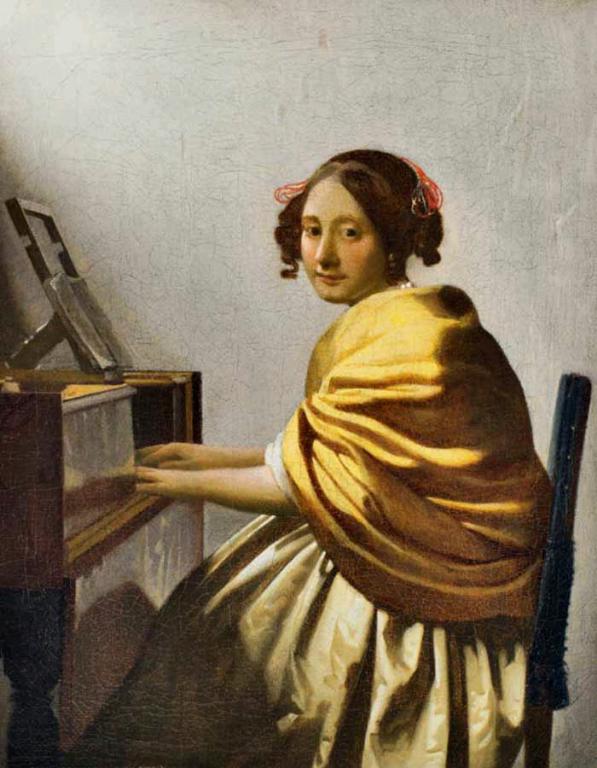
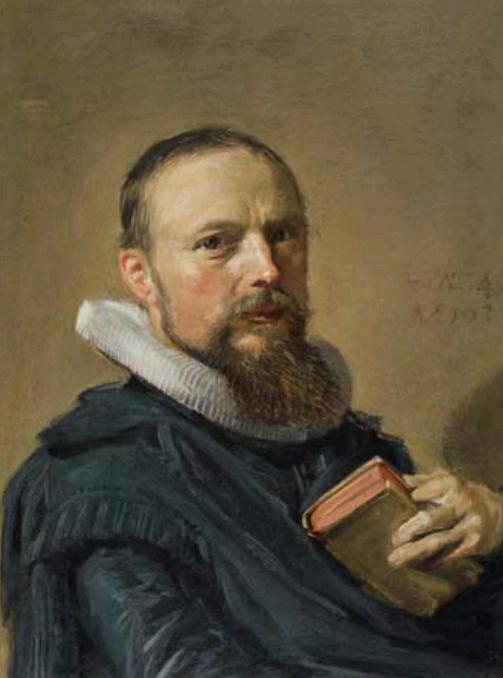
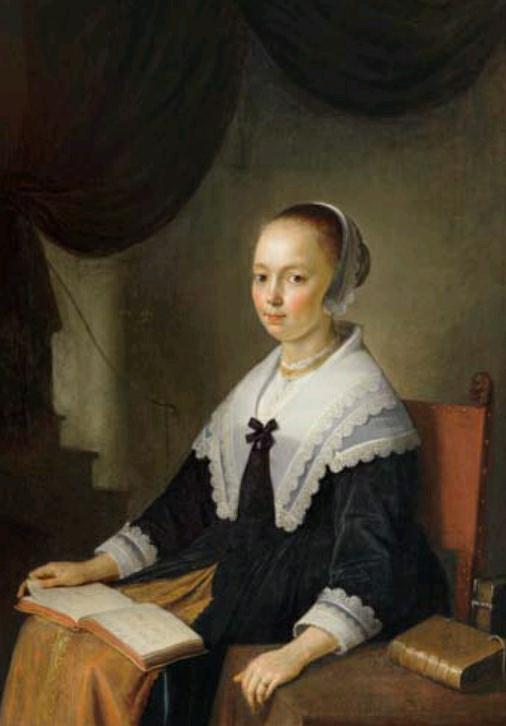
What attracted you to Rembrandts works as a child? What did you see in his work? Dr. Kaplan: I fell in love with Rembrandt the first time I saw his paintings at age six, and appreciation for his art has remained with me throughout my life. Obviously, I did not look at Rembrandt through the complexity that I do now. On an aesthetic, visual level, it was perhaps the rich light, illumination and contrast between light and dark. But I do not think that it was all light and dark. I was already developing a genuine passion for history at that age, and it continued throughout my education. I believe that it is possible that the humanity of his work spoke to me even at that age. It is not an unreasonable theory considering the power of his work to connect people spiritually. Even a child could make that kind of connection. So, I think it was the beauty and richness of it and the fact that I felt the heart of the artist. It was the hand, the eye and the heart.
It has been reported that you and your wife love narrative historical art. In 1642, Rembrandts The Night Watch received criticism from the buyers because of its strong narrative. It also marked a major turning point in Rembrandts life. What do you think of the narration in this painting and what it meant to Rembrandt?
Dr. Kaplan: Rembrandt faced criticism for several reasons. He was criticized because he saw things differently, and it became an ongoing theme. He was criticized for The Night Watch and by people who commissioned portraits because he painted his subjects the way they really were, instead of in an idealized way that the clients wanted. A very famous and dramatic example of that is what happened with his late work titled The Conspiracy of Claudius Civilus, which was commissioned by Amsterdam for its new city hall. At five-by-five meters, the painting was enormous and at least two hundred years ahead of its time in terms of genius, but it was rejected and returned to Rembrandt, who cut it into pieces to sell to private buyers. This was one of the greatest art crimes of that period. He was so far ahead of artistic trends of the time that no one could see it. Rembrandt is one of those famous names that everybody knows now precisely because of the things he did that upset his contemporaries. He never intended to upset people; he just saw things differently.

Some critics opine that the contrast between light and darkness in his work is magical and creates a sense of drama. Do you think that is the most outstanding characteristic of Rembrandts work?
Dr. Kaplan: I do believe the characterization of him as a master of light and shadow to be very true. He was an innovator; he was always experimenting with light and I think he understood that in the end: Light is the single most important factor in being able to create a sense of drama and life. He saw it, he felt it, and he expressed it. I think that emphasizing it is a very reasonable observation.
Could you tell us about the first time you purchased a Rembrandt? How did you feel about the work?
Dr. Kaplan: The first Rembrandt object that we acquired was actually not a painting—it was a drawing of a lion. This lion drawing was particularly powerful to me because I am almost as passionate about wildlife conservation as I am about Rembrandt, and I love big cats. So this was very meaningful to me. Even though we only have a few drawings and two from Rembrandt, that piece has always been very special to me.
In your opinion, how did Rembrandts life experience influence his work?
Dr. Kaplan: If you study his biography, you will see the ups and downs in his life often reflected in his work. But my passion for the artist is not about his personal struggle. It is about his accomplishments. Everyone has a life story. Everyone has ups and downs in their lives and Rembrandt is not a tragic character because of his bad fortune—such struggles are usual in life and in humanity. His accomplishment was in being able to see things that others did not see. He saw beauty in disturbing things, he saw beauty in beautiful things, and he changed the history of art. I believe that this accomplishment would have happened independent of his life experience. I think its who he was.